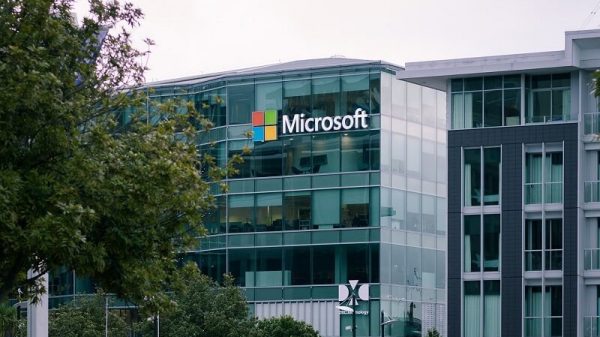
It’s important for us to separate content from carriage, in order to ensure that consumers benefit the most. There was a time when telecom operators and content providers used to work together, and that was the VAS ecosystem, where content was provided as a telecom service. As we know, much of that ecosystem was fraud, with poor people being robbed of Rs 30 per month, without consent, because some circle CEO at a telecom operator had to meet revenue targets, and VAS billing went straight to EBITDA for telecom operators. Remember negative billing? The separation of content from carriage will mean a separation of incentives.
Where we’ve seen a welcome development in the recent past is with the launch of Reliance Jio, and while it’s great that more and more users are consuming more content, price is falling, and more users are coming online, this has spend up the decline of many telecom operators in the country. In my opinion, giving everything away for free (thus below cost) for such a long period of time, while it does promote uptake of services, is also anti-competitive. A reduction in competition in the market will eventually hurt consumers and lead to an increase in costs in the future. We need more telecom operators competing for customers, not fewer.
Content is not a telecom differentiator
I don’t see how telecom operators think that users will subscribe to their service over another operators, just because they have content. The largest repository of content in the world is the Internet, and no telecom operator and it’s private content service can ever compete with that. The quantum and diversity of content and services available on the Internet is what drives users to sign up for Internet access. I don’t subscribe to a telco because they have the best content; I sign up because they have the best connectivity. Telecom operators should be the best pipes they can be, and content providers should be the best content providers they can be.
The issue with how telecom operators and large content providers view users is that they treat them as mere consumers of content, and not creators. The beauty of the Internet is permission-less innovation, and how every one of us has equal right to create something for the world as a STAR TV has. This is what has given us Wikipedia and Creative Commons. Every user is both a creator and consumer: so we need to stop looking at the web from the lens of cable services.
The role of platforms and the future of video
Where we have challenges ahead of us, however, is with the role of platforms. While we have infinite fragmentation of content creation on the Internet, we now have concentration of content consumption. Whatsapp is the largest video platform in India: it is where most video gets consumed, but no one knows how to monetize it. Google (YouTube) and Facebook have the ability to change their policies and make or break content businesses. This is why we need to discuss platform neutrality.
While there are those who say it is still early days for the content ecosystem in India, especially in case of video, we tend to forget that it largely began a little over 10 years ago: it was in November 2006 that Rajjat Barjatya (RIP) launched Rajshri.com, and put a movie (Vivaah) online for download on the day of its theatrical release. Since then we’ve seen the space go through several approaches: first content providers tried destinations, then they tried distributing their content as far and wide as possible, before everything largely moved to YouTube. Now destinations are back, and there are several of them: Content is a winner-takes-all kind of space, and the competition right now is helping grow the market, but monetisation is going to be tough. Advertising is dying, and yields are insufficient, even though video advertising, especially on YouTube, is growing. Thankfully, the payments ecosystem is also evolving, and while we don’t have enough customers paying for content right now, it seems to be headed in that direction. The opportunity lies is making payments easier, with wallets, UPI and carrier billing, and the growth of recurring billing options.
It’s a great time to be a content owner, but the battle of the distribution platforms won’t end well for most. Everyone has almost the same catalog content, so the real differentiators are two: original content, such as the type NetFlix and Amazon, among others, are creating, and lastly live content, especially sports, which people will be more likely to pay for. Right now, the market is in customer acquisition mode, but it will eventually have to figure out monetization. Bit by bit, those without significant reserves will start dropping off, because it will move towards a winner-takes-all situation.
Based on my comments at the ET India Mobile Congress last week




























